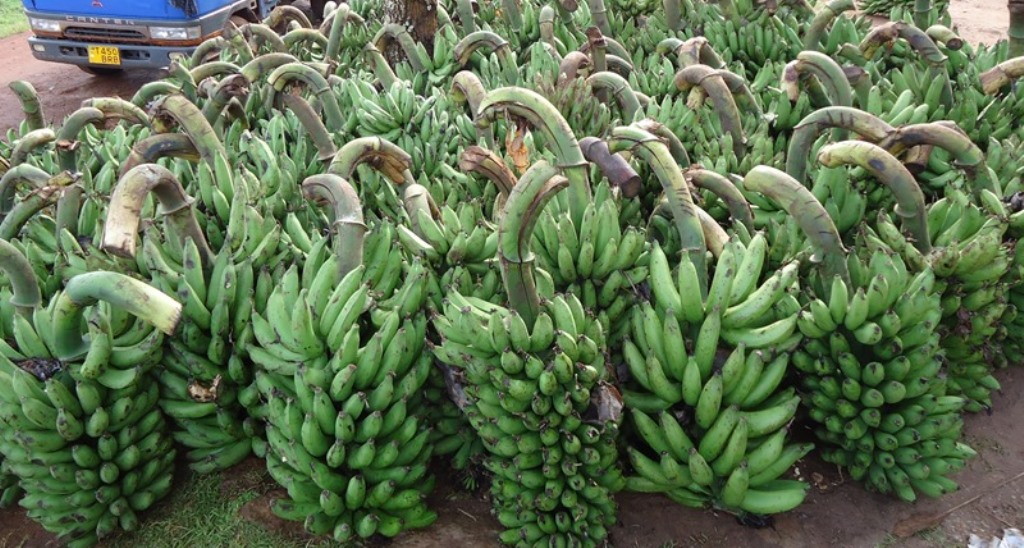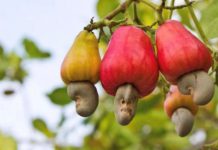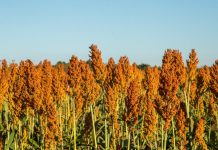Author: FATMA ABDU
AfricaPress-Tanzania: DESPITE its economic importance, the sustainable production of banana production is threatened by pathogens and pests, posing a risk to household income generation and food security in rural areas.
The key banana producing regions are Kagera, Kilimanjaro and Mbeya regions.
Other regions producing significant amount of bananas include Morogoro, Kigoma, Mara, Arusha, Ruvuma, Tanga and Mbeya regions.
Tanzania ranks second after Uganda in banana production in East Africa, producing approximately 3.7 million tonnes per year from some 450,000 hectares.
The national coordinator of banana research from Tanzania Agricultural Research Institute- Maruku centre (TARI-Maruku) in Kagera region, Dr Mpoki Shimwela, said most of the bananas (over 70per cent) are grown in Kagera, Kilimanjaro and Mbeya regions.
“Unlike many staple crops, bananas produce food throughout the year, making them an ideal crop for improving household incomes and providing food security,” Dr Mpoki said.
He noted that farmers are producing a mere 9 per cent of what is actually possible, largely as a result of the devastating impact of pests and diseases such as black Sigatoka, Nematodes and banana weevils.
He further noted that despite the importance of bananas, its production in Tanzania has drastically reduced over the past decade.
“Several interventions, such as cultural methods have been deployed by farmers to control these pests and diseases, but have not been very effective. Use of host plant resistance is the more effective and durable option for the management of banana problems,” he said.
Banana plant is one of the important contributions to environmental conservation, as they are perennial with roots and broad leaves that help to maintain soil structure and provide protective soil cover throughout the year.
Dr Mpoki told the ‘africa-press’ at Nanenane exhibition held at Nyakabindi grounds, Bariadi in Simiyu region that new matooke varieties bring new hope to farmers in Tanzania, with 30 per cent yield increase, saying these new matooke varieties ensure food security and sustainable incomes to banana farmers in rural areas.
According to him, banana is an important staple food in East and Central Africa and significant sources of income to farmers in rural areas, but they are under threat of pest and diseases that cause yield loss.
The Tanzania Agriculture Research Institutes (TARI) in collaboration with its partners, the International Institute of Tropical Agriculture (IITA), the National Agriculture Research organization of Uganda (NARO) and Bioversity International have developed and evaluated the high yielding matooke varieties, namely NARITA hybrids for possible distribution to farmers.
TARI has created technologies that respond to the challenges faced by farmers to help increase production and income to small holders across Tanzania.
The TARI Director General, Dr Godfrey Mkamilo urged the public to cooperate with these agricultural research institutes, including TARI Maruku which conducts research in banana.
“Banana research is conducted by the TARI Maruku research Institute in Kagera region, which has been raising awareness among farmers on dealing with banana pests and diseases,” he said.







